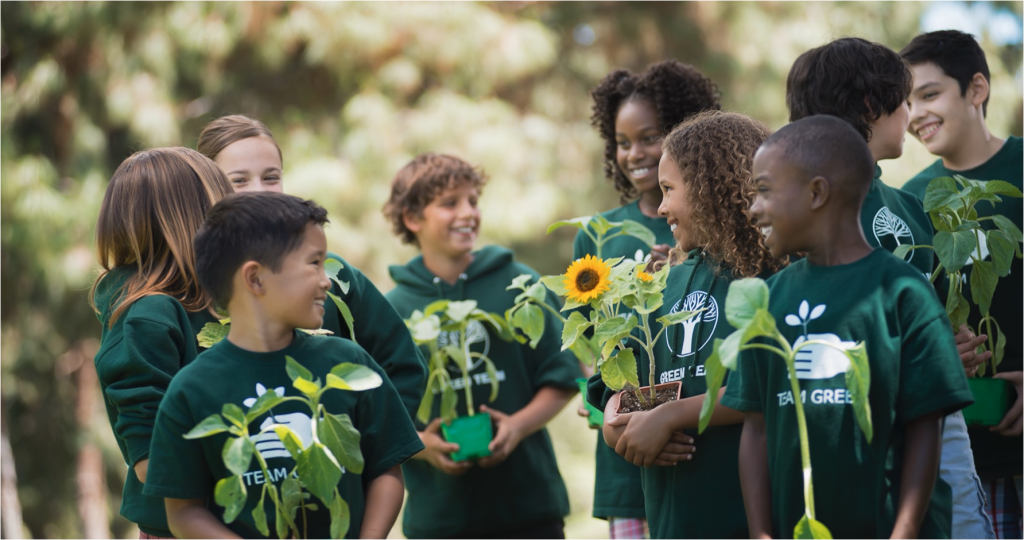When we take the time to look at our lives with a sense of gratitude, it opens our hearts and minds to see all the good surrounding us. Cultivating gratitude is one of the simplest and most effective ways to shift your focus from negative thoughts and emotions to positive and supportive ones. Gratitude can create not only a more joyful life for yourself but also for the people around you.
As we enter the holiday season, we must take a step back and reflect on the things we cherish and are grateful for. For many of us, family is at the top of that list. But there are also countless other things to be thankful for — from our health to our friendships to simply being alive. Let’s all take a moment to appreciate all the good in our lives this holiday season. Gratitude must be a central value of our work as educators and not just something we remember once a year. This year, let us center our practices around empathy and gratitude.
Together let us find the courage to engage in a dialog about inclusion, equity, and care. Let us lead by example and actively prevent hurtful and exclusionary practices. Let us dismantle the discourse that positions privilege, power, and commercialism at the center of our practices. Let us learn to be grateful for our freedom and talk about how crucial it is to fight for the freedom of others. Let us speak about First Nation communities in the present and recognize their contribution and influence. Let us speak about Native American (the original Americans) and Alaska Native communities in the present. They are still here. Let’s take the time to reflect on our actions and make changes that will make us more inclusive and equitable. Begin by defining empathetically who are the children and adults in your ecosystem and ask:

✔ Who do we exclude when we celebrate a Holiday?
✔ Who will not be able to participate in the activities I have planned?
✔ How can I be more inclusive of culture, language, history, and traditions?
✔ How will I center my practices on empathy and gratitude?
One way to help children develop gratitude is to create a sense of community where everyone is valued. The following are some ideas on how to start focusing on gratitude throughout the fall season.
✔ Make visible what it looks like to be thankful for the little things in life; start a list of things for which you are grateful. Revisit the list daily and make changes or add to it as new ideas emerge.
✔ Use group gatherings to reflect on the good moments we experience each day. This is more important than reviewing the calendar and the weather.
✔ Create simple yet meaningful gifts to give each other as an expression of gratitude.
✔ Make food from the harvest and share a meal.
✔ Sing and dance together.
✔ Invite families to share the traditions celebrated in the Fall.
✔ Discover the smell of the harvest by grinding spices and herbs that remind you of the gifts from the earth and nature.
✔ Explore how the leaves change colors.
✔ Learn about fall colors.
✔ Create art inspired by the fall sunsets.
✔ Talk about how pumpkins are nutritious foods that sustain people worldwide.
✔ Share books about the harvest.
✔ Create leaf art. In the Japanese tradition, artists turn to create “Ochiba Art” during the fall season. This is a wonderful way to introduce children to art and explore the gifts from nature.

As educators, let’s make gratitude a central value of our work — something we practice daily instead of just once a year. We can create a more caring and equitable world for everyone by focusing on empathy, equity and inclusion.
Focusing on the gifts from the earth and helping young children learn gratitude is sure to have positive effects that last a lifetime!